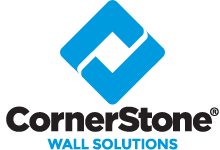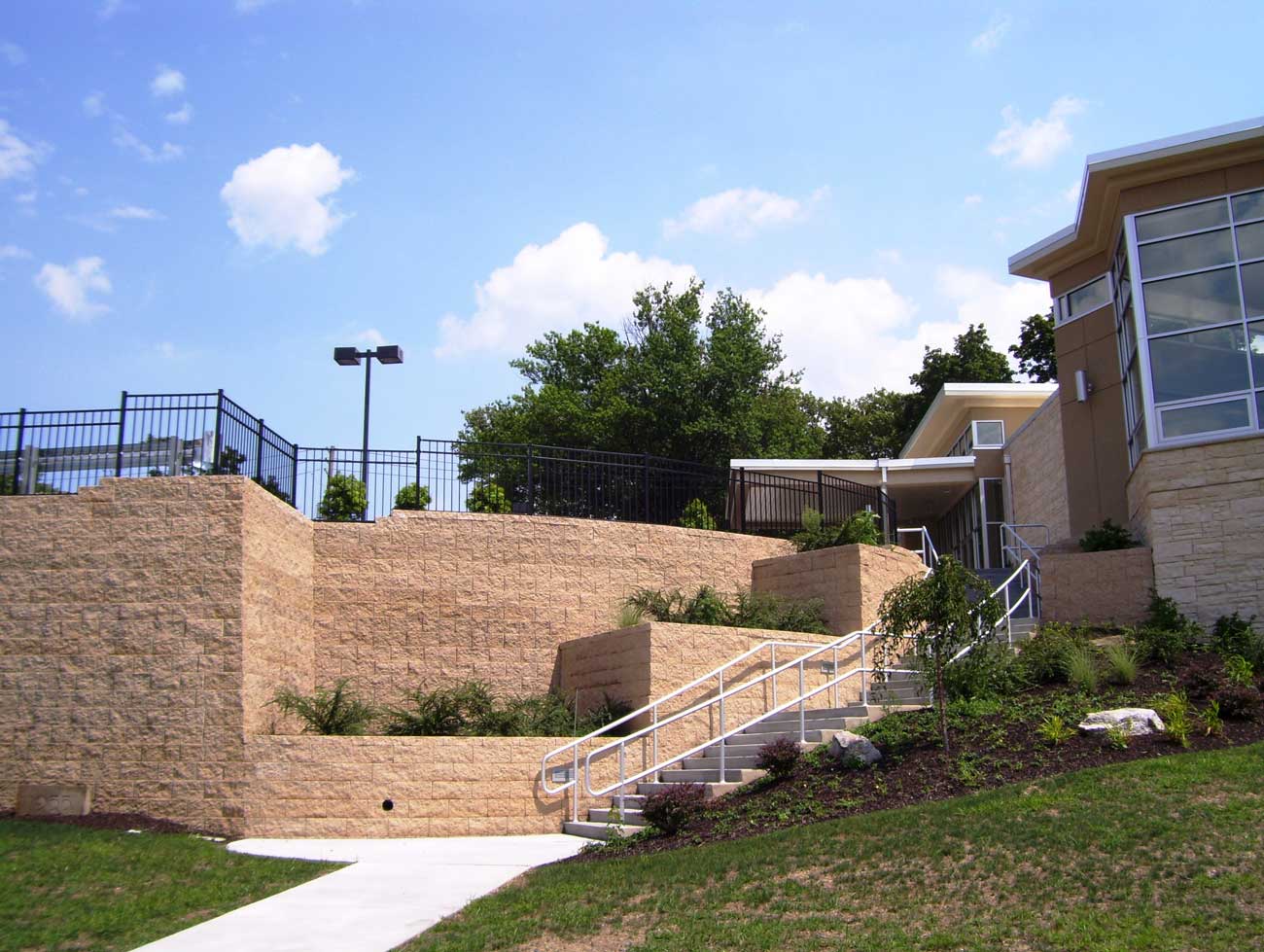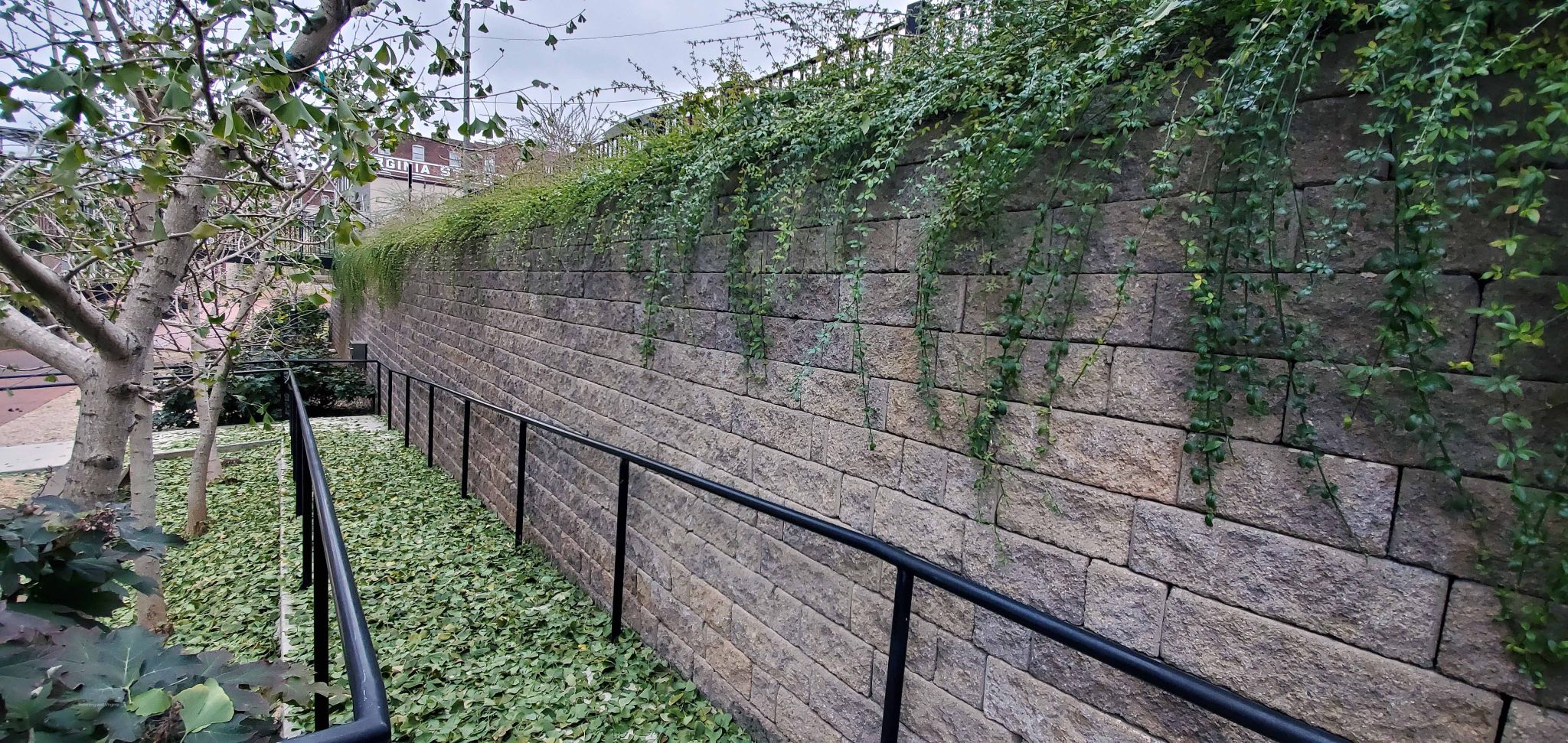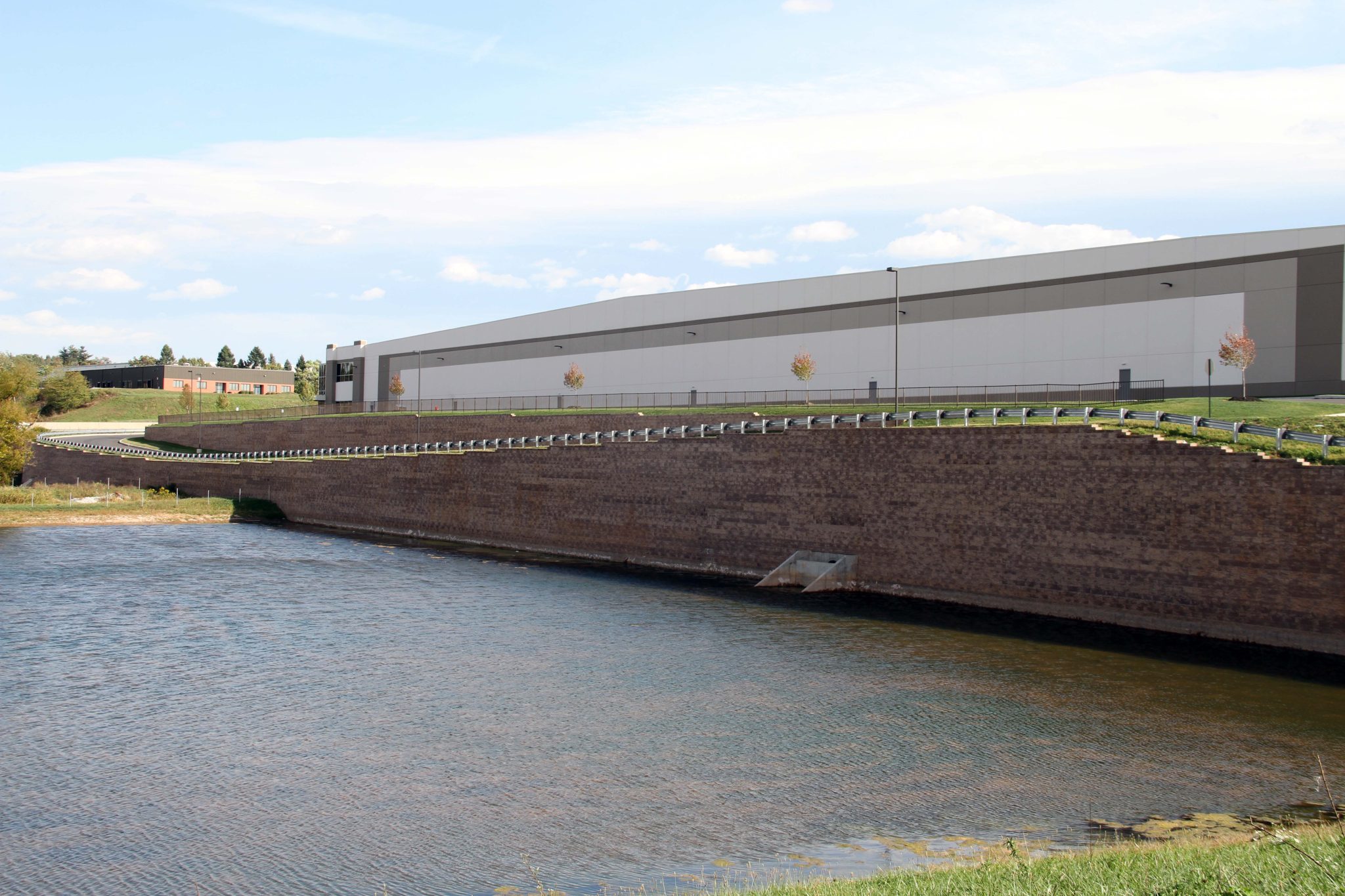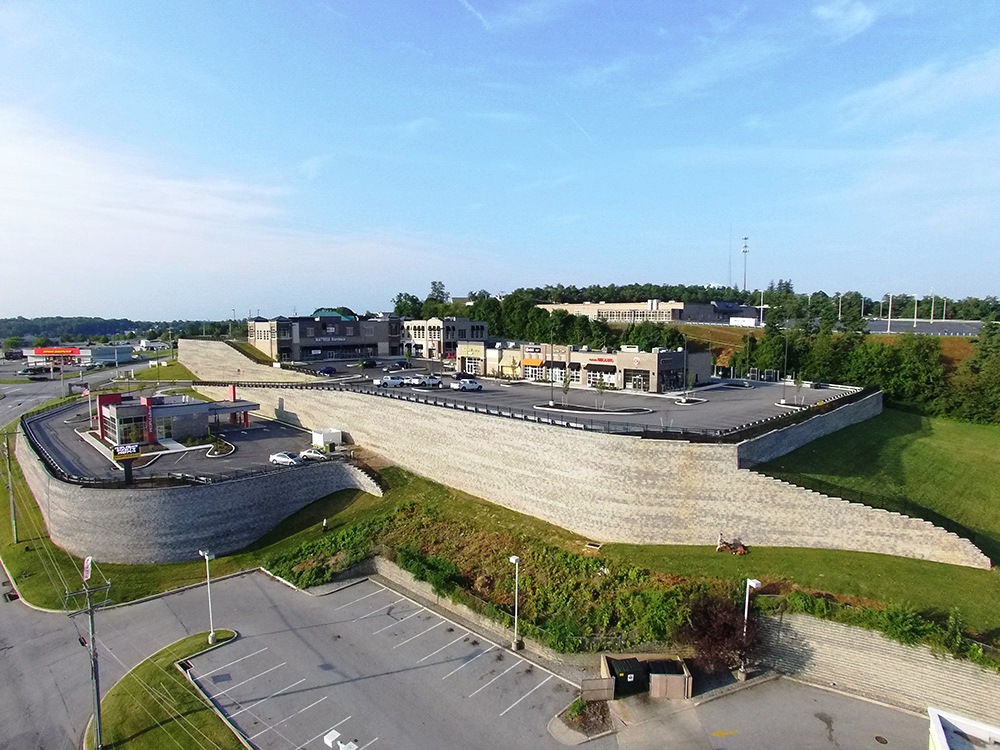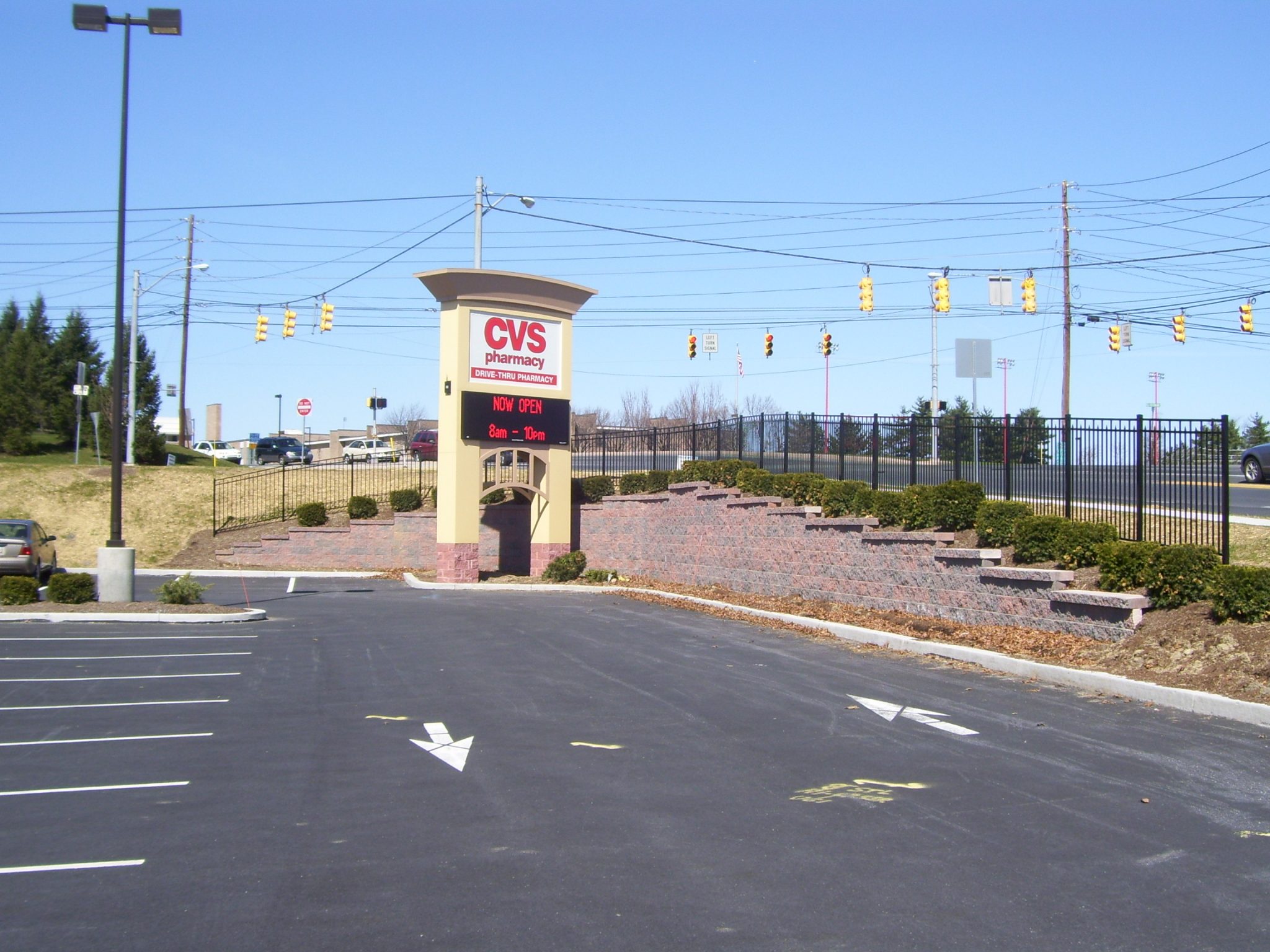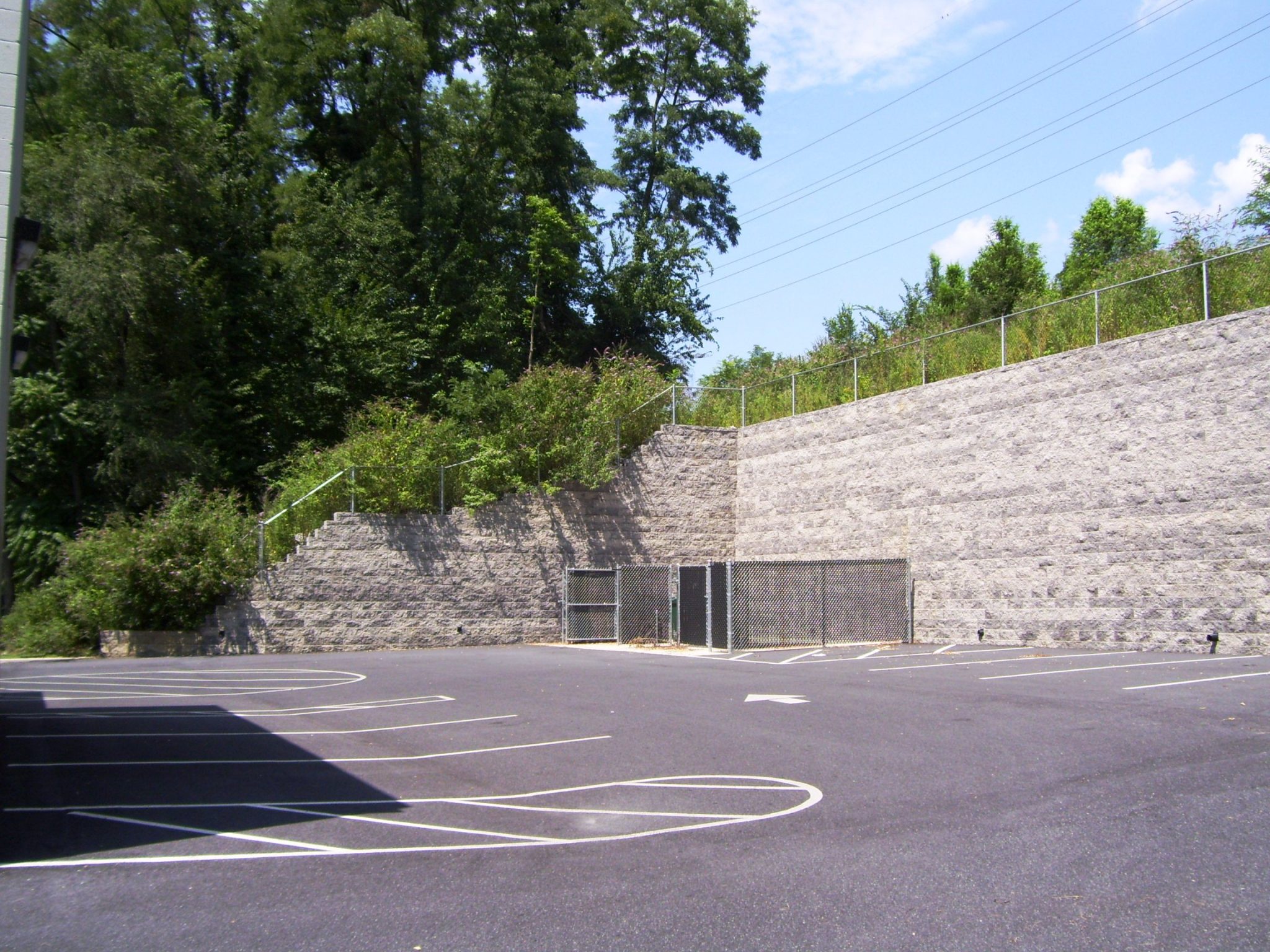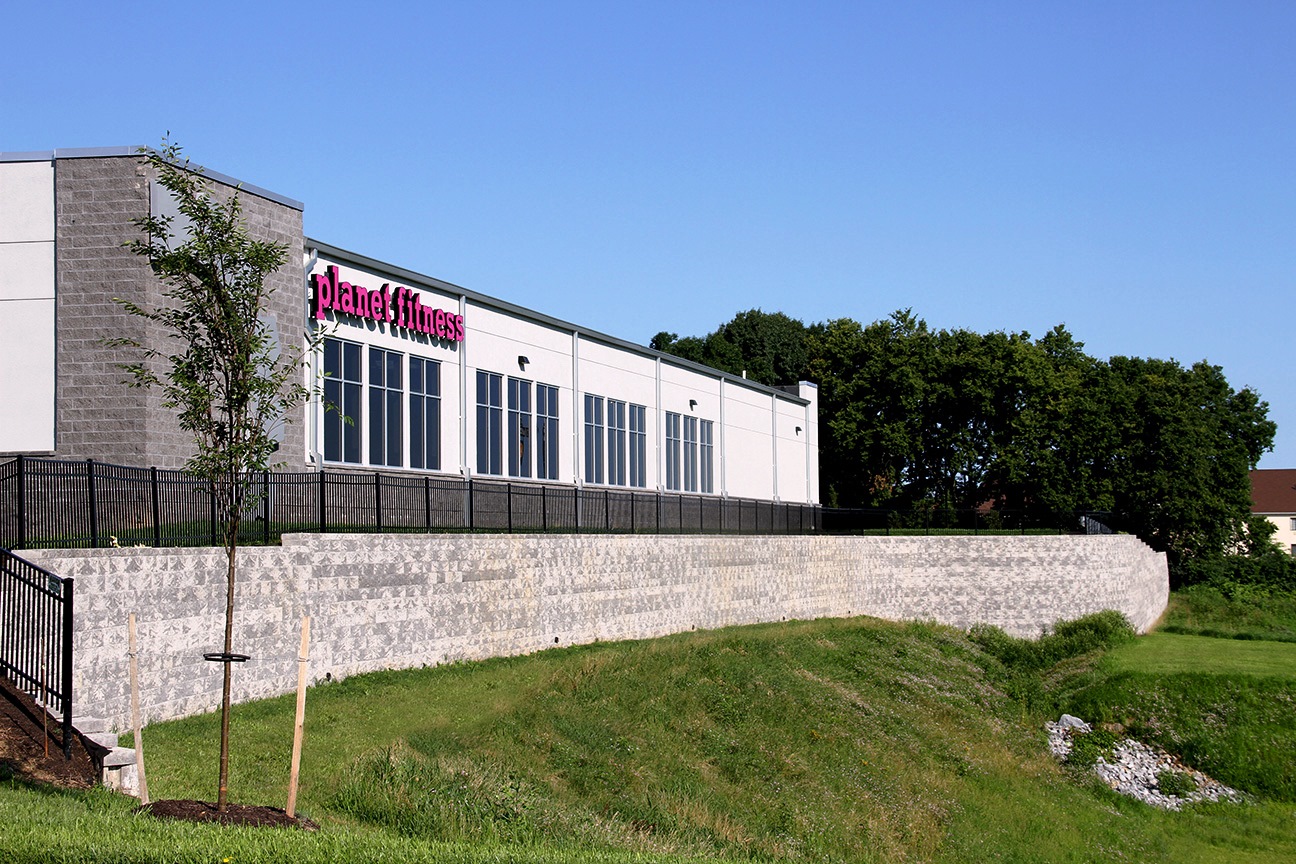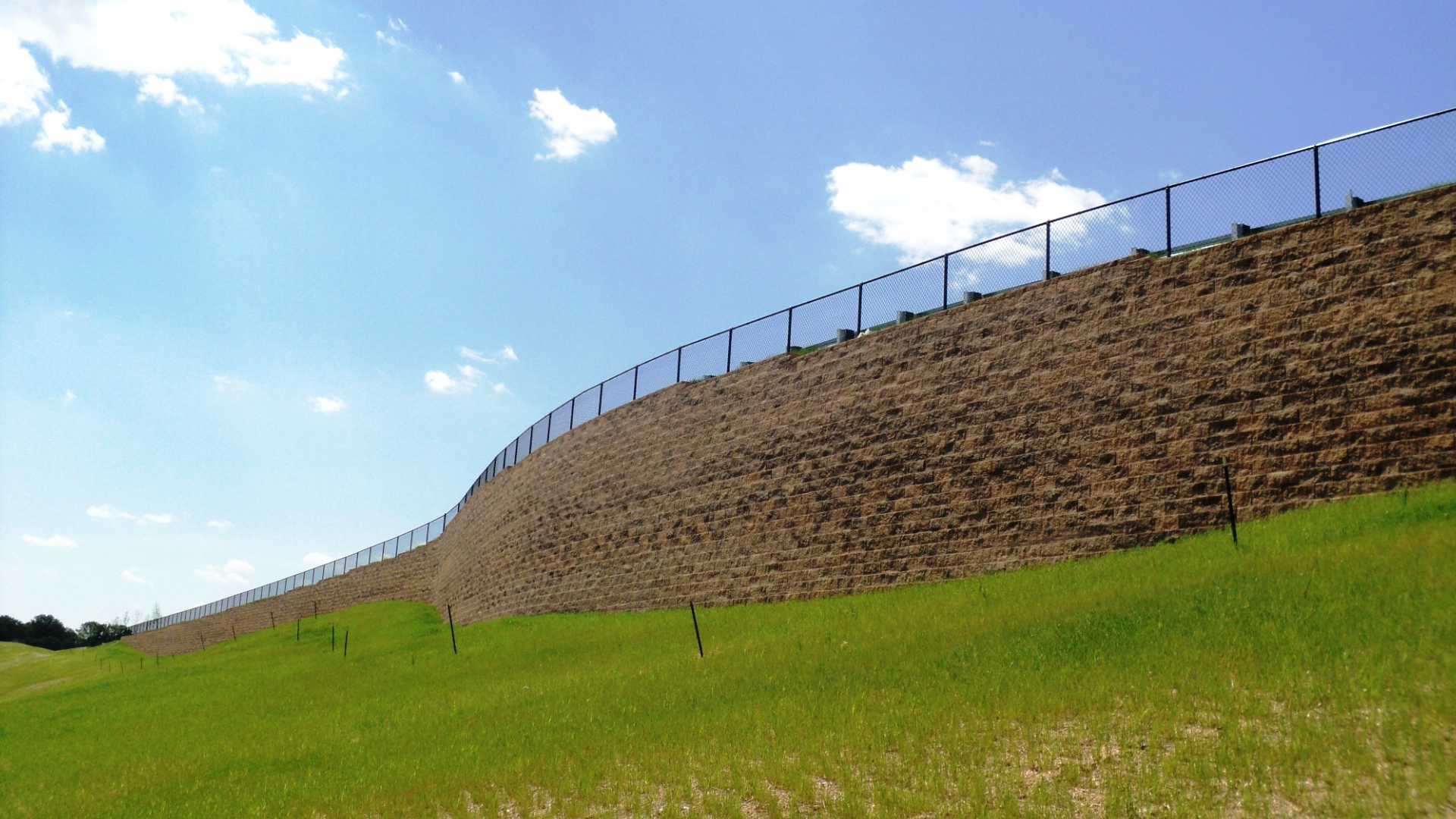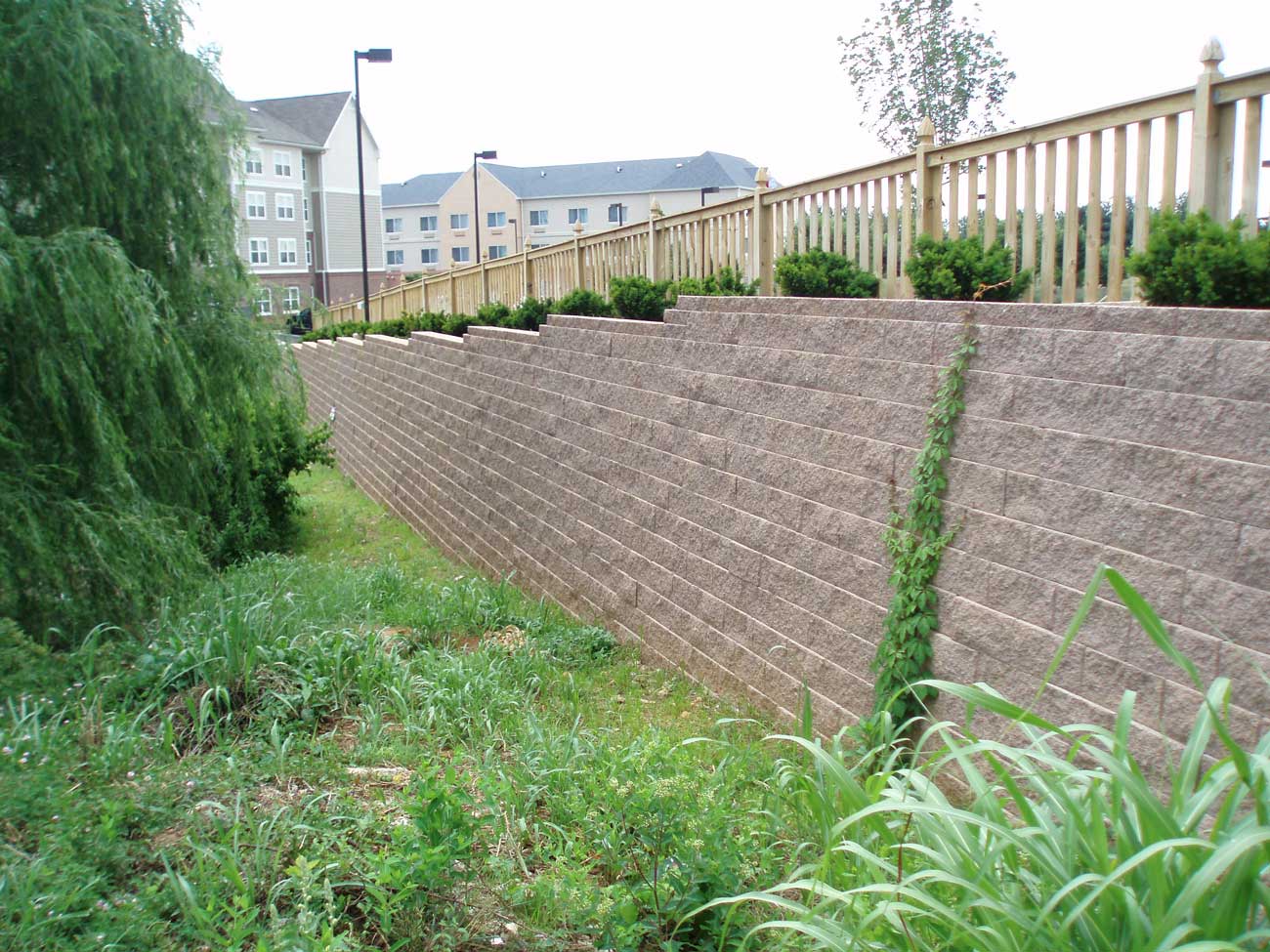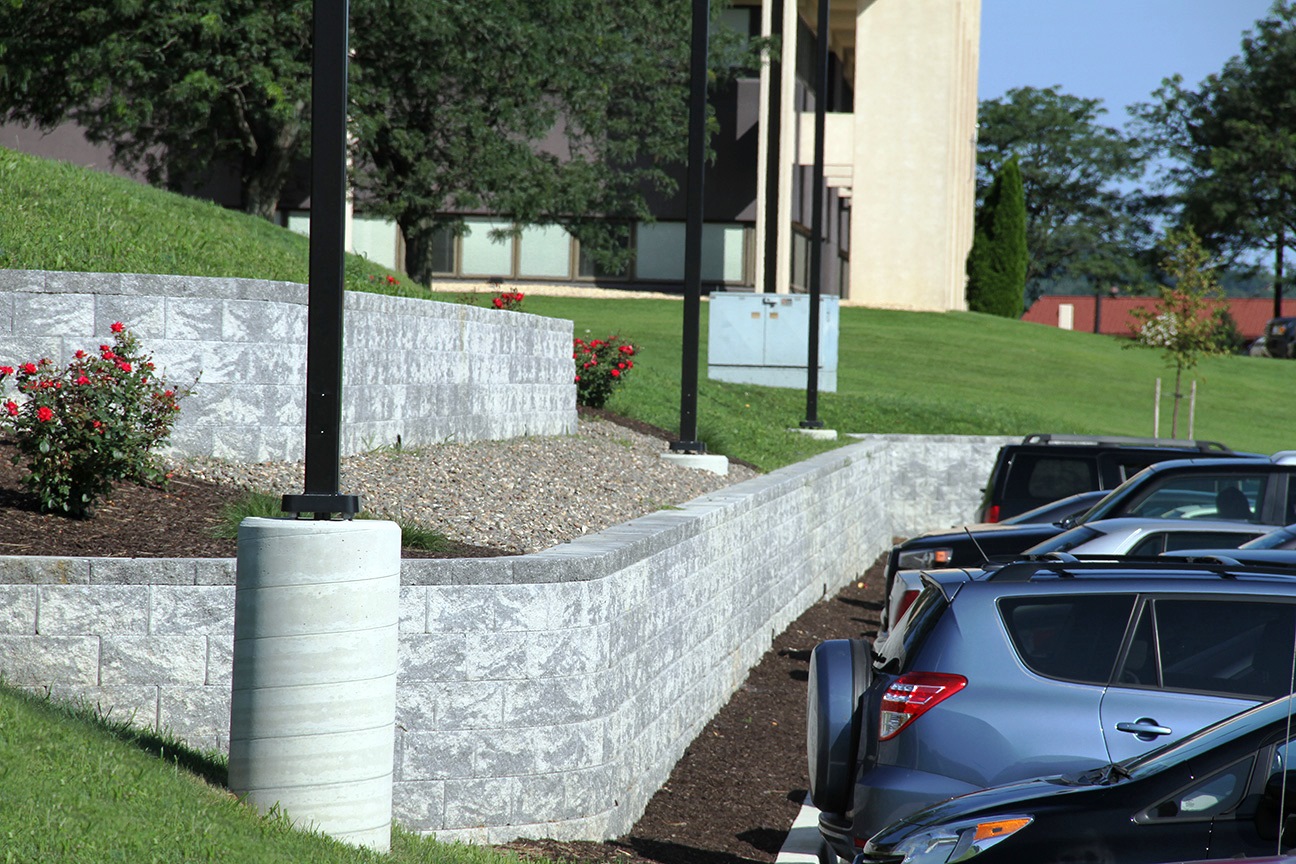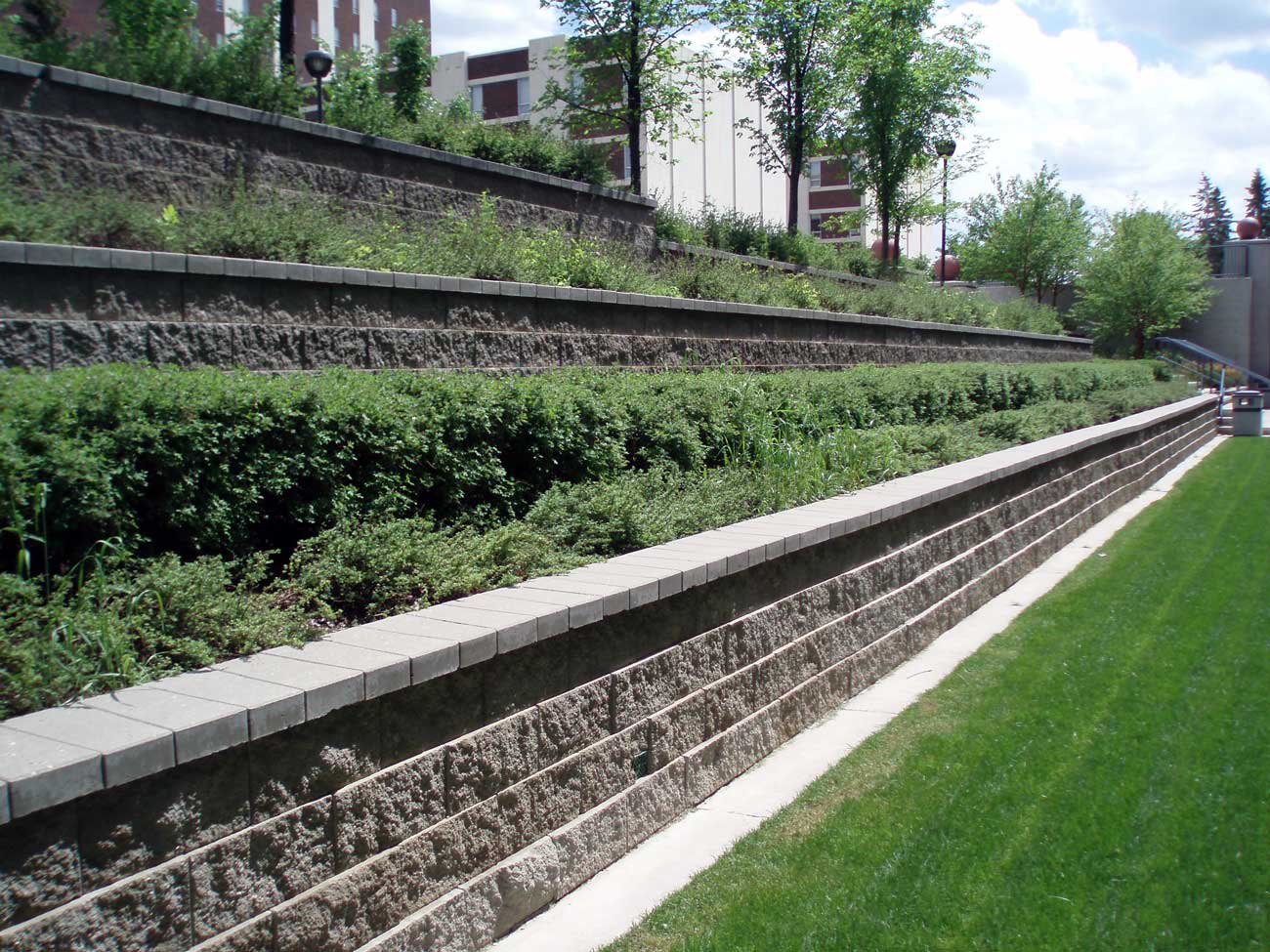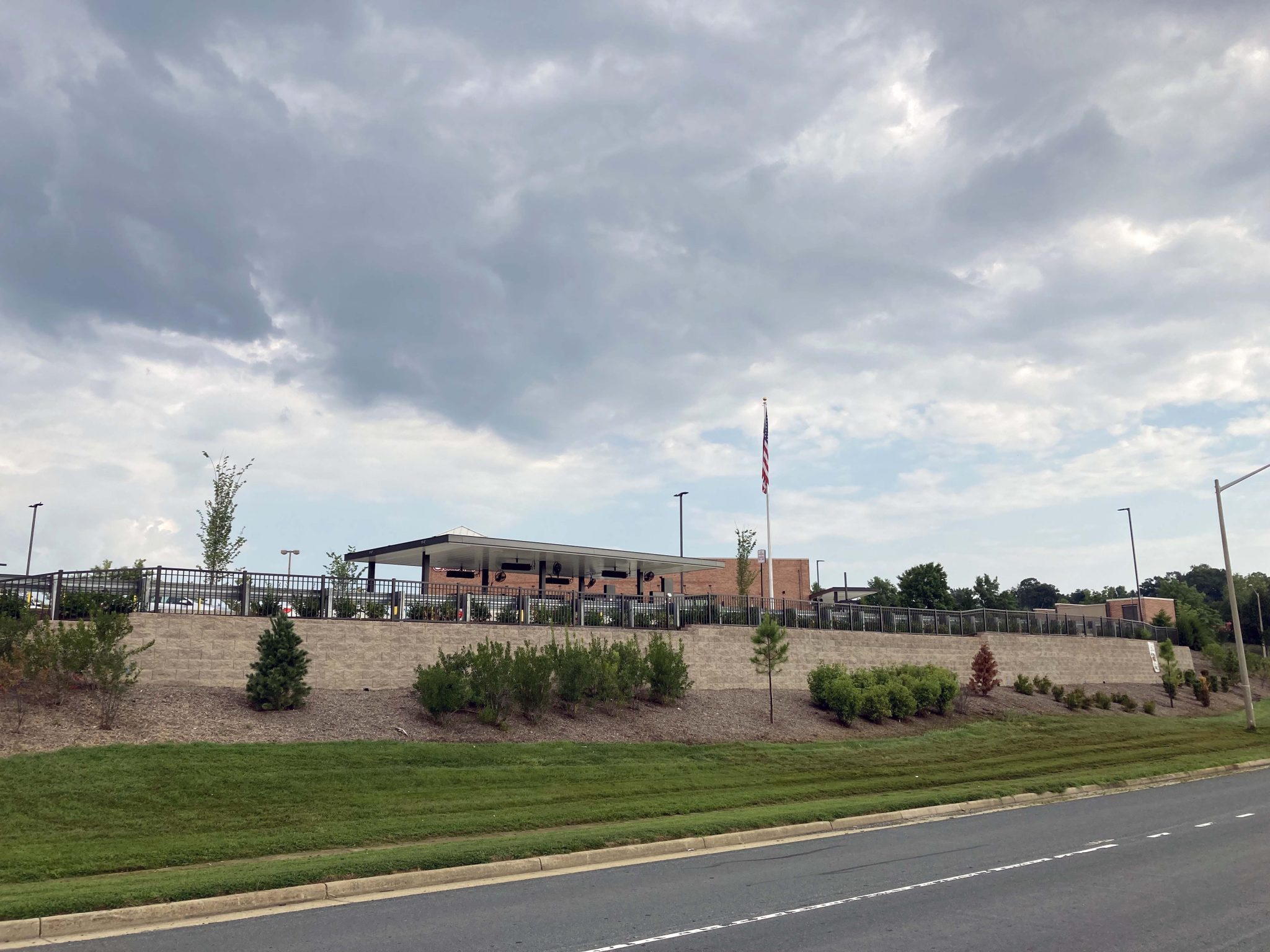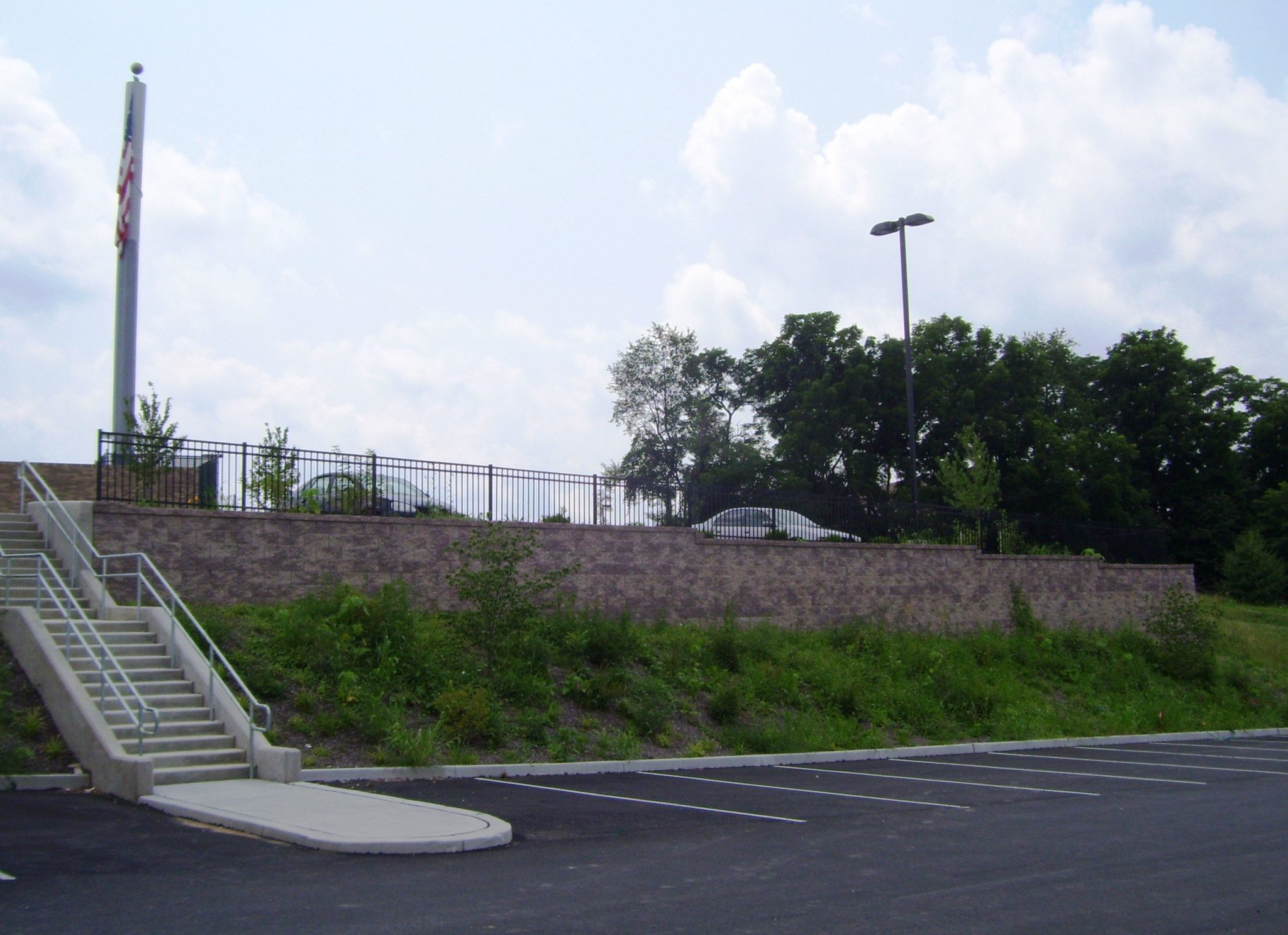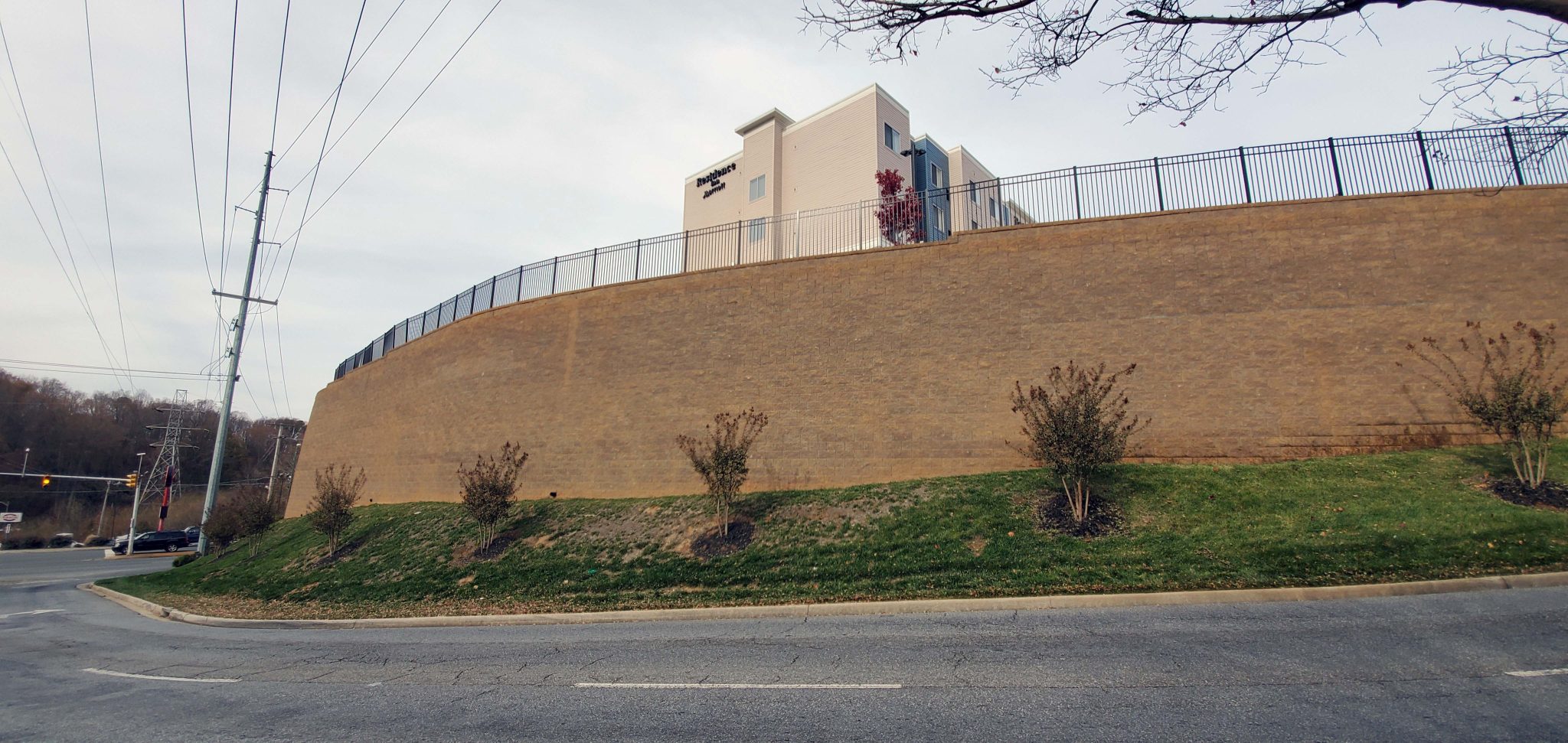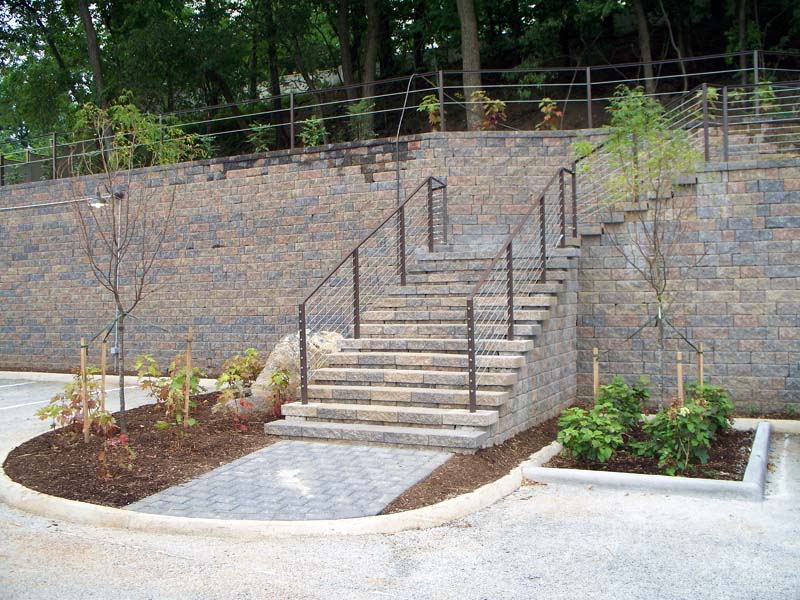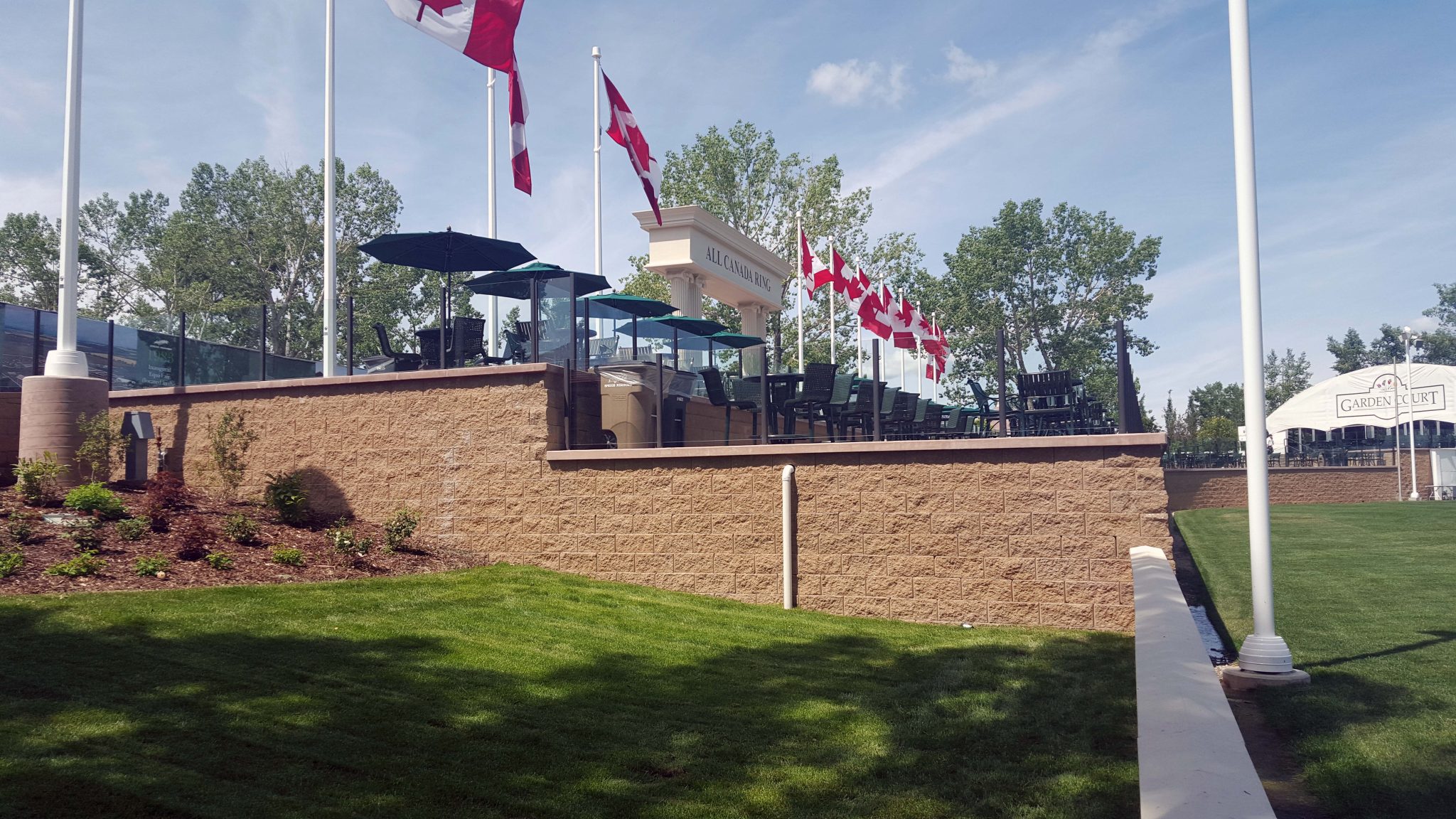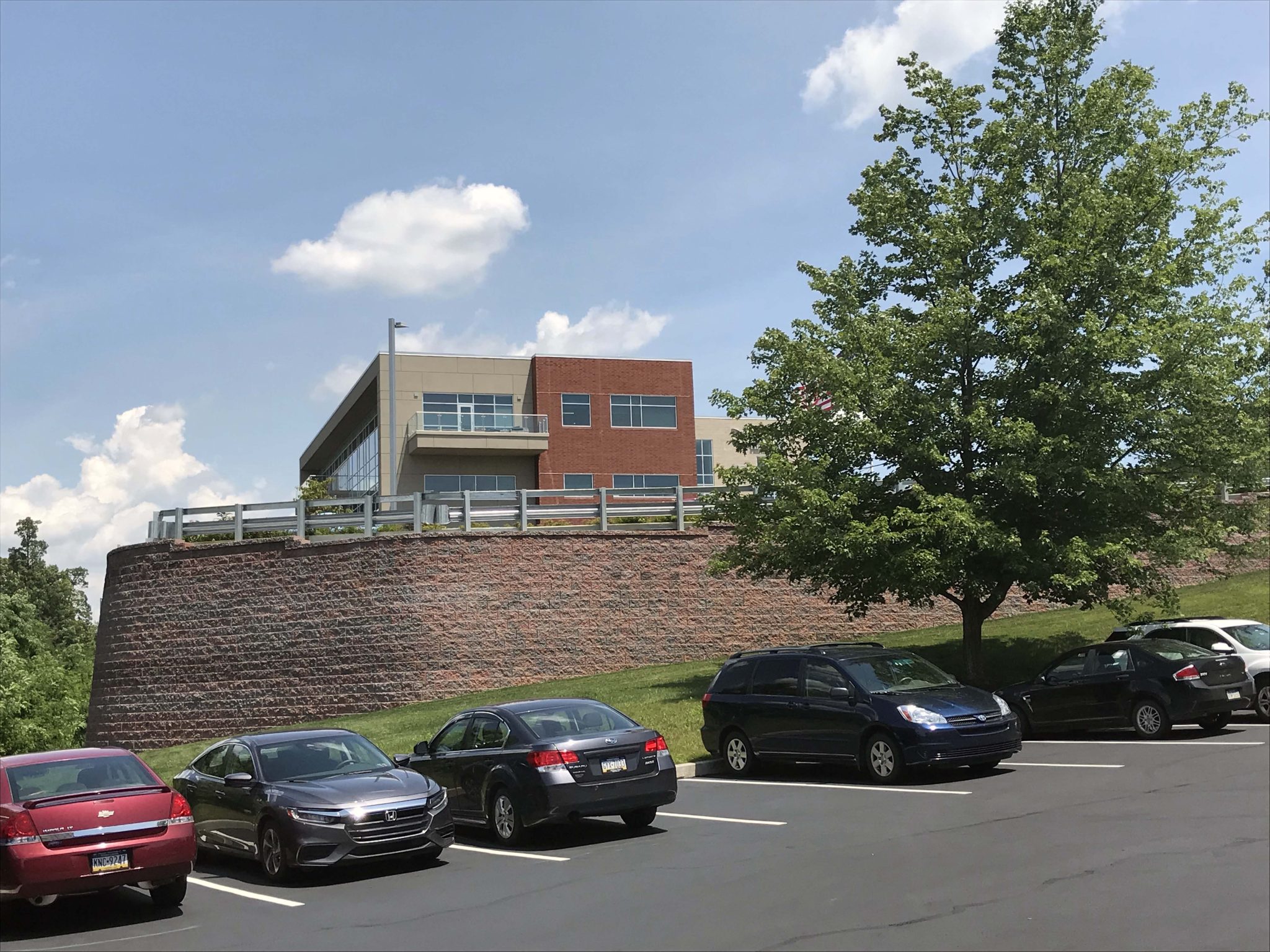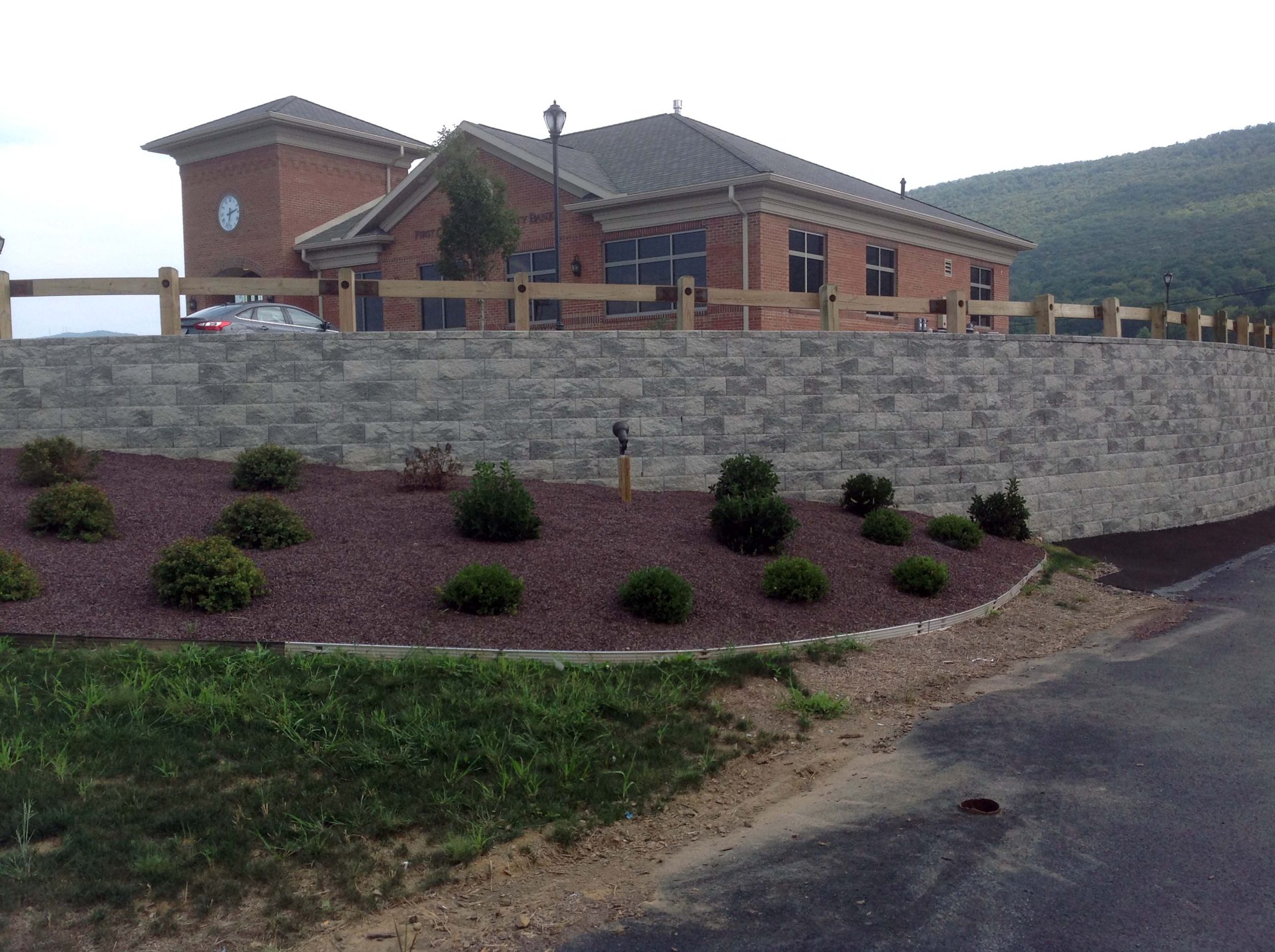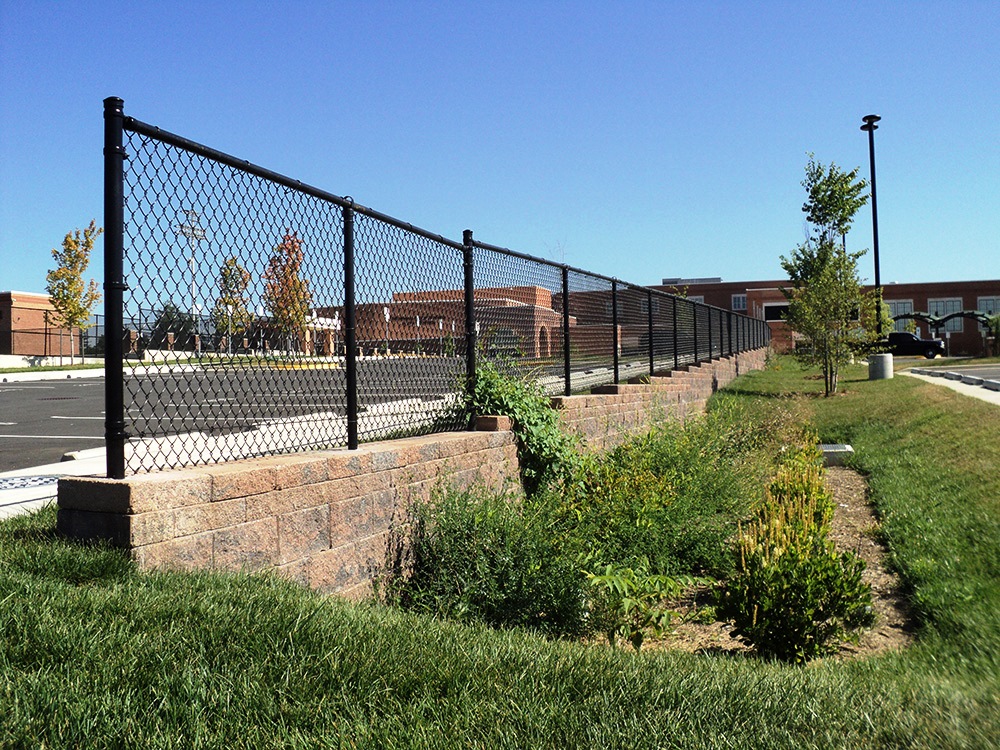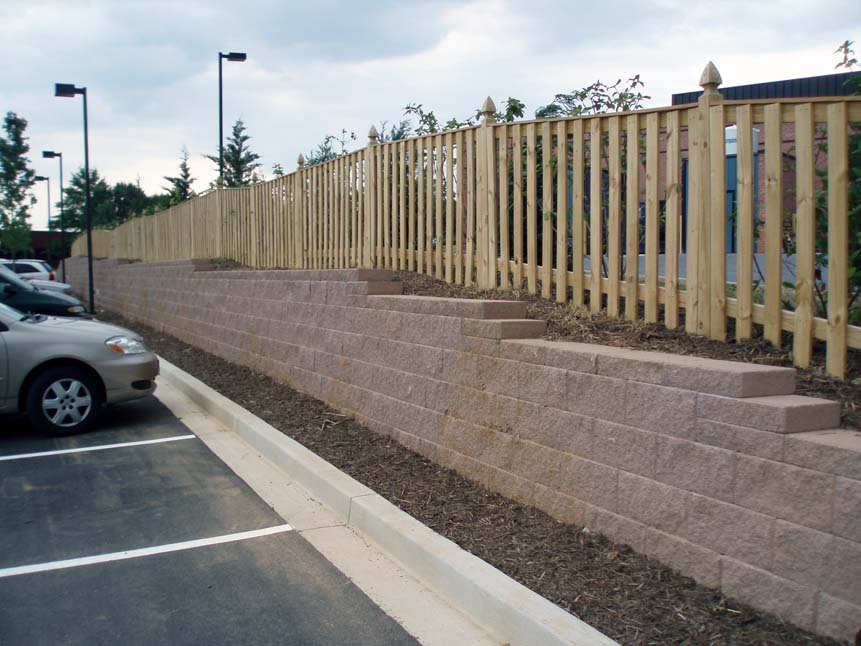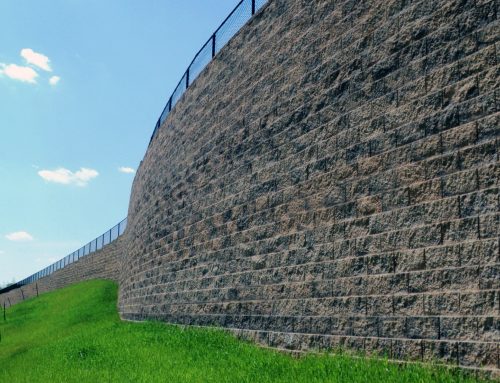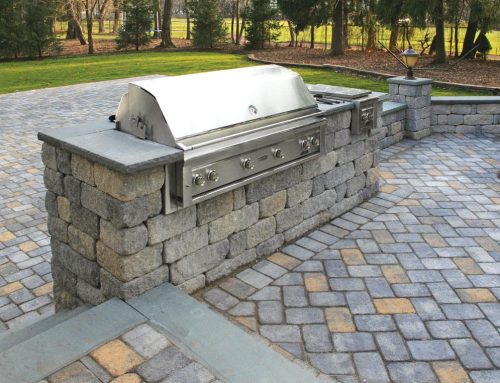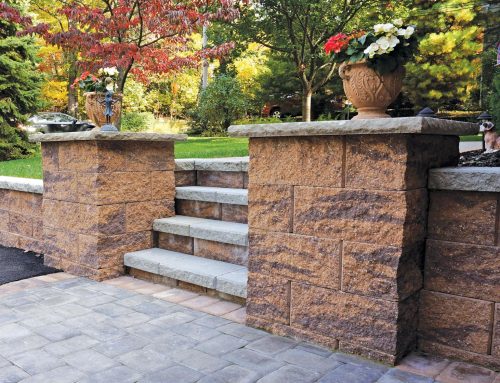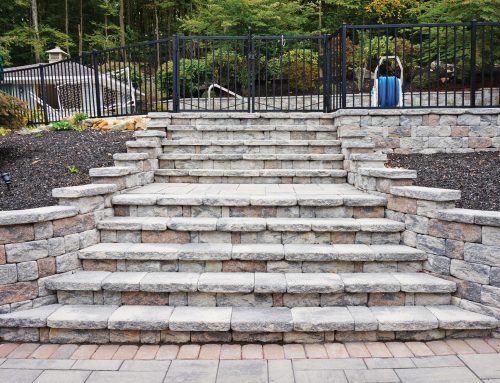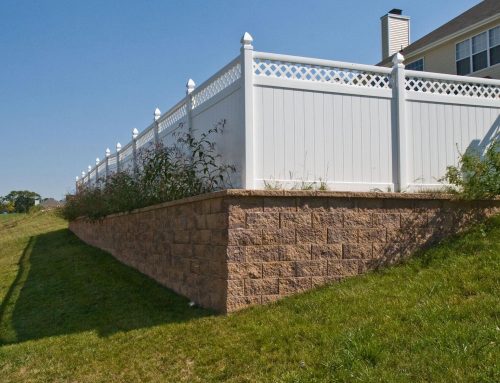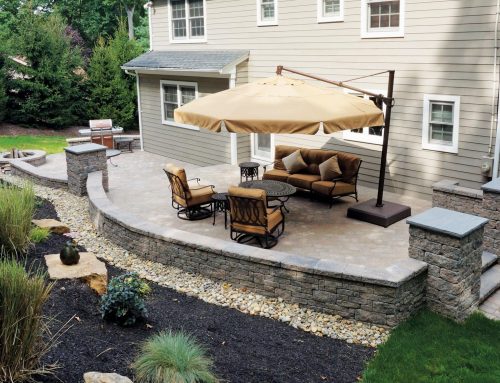Retaining walls have become vital to commercial developments. They expand usable land and property to build parking lots and business structures.
Retaining wall applications for commercial use are wide-ranging. They can be used to retain soil to further development potential. They also offer smaller benefits. These include protecting driveway entrances and guiding pedestrian traffic along walkways.
Wall blocks are commonly used as retaining wall material for commercial purposes. They are made from different materials like concrete, natural stone, or brick. Wall blocks are available in various sizes, shapes, and colors. They offer a range of design possibilities to enhance the property’s appearance.
Properly designed and installed retaining walls increase usable space. The extra space can be utilized for parking, seating, or landscaping features. Concrete blocks are a popular choice for commercial retaining walls. They are durable, low-maintenance, and can withstand heavy loads and harsh weather conditions.
Commercial Applications & Retaining Wall Systems
CornerStone 100 retaining walls have a hollow core design. This makes them ideal for installing handrails and fence posts directly into wall blocks. This design saves outdoor space and delivers robust and resilient soil retention solutions.
StoneLedge and StoneVista offer versatile freestanding wall designs for businesses and parking areas. CornerStone retaining wall systems can provide the right fit, look, and solution for your property.
This case study details an example of the engineered wall system’s benefits to commercial applications.
Key Factors to Consider When Designing a Retaining Wall for Commercial Development
Designing a retaining wall for commercial developments requires careful consideration of several factors. to ensure its durability, safety, and aesthetic appeal. Here are some of the most important factors to keep in mind:
Soil Type and Conditions
The type of soil and its properties, including its weight and stability, can impact the design of a retaining wall. It’s crucial to assess soil conditions and choose ideal retaining wall materials and techniques. This helps prevent erosion, settlement, or slope failure.
Height and Slope of the Concrete Block Wall
Height and slope are critical factors for commercial retaining walls. They determine how much pressure and weight the wall will need to withstand. Taller walls require more robust materials and reinforcement. Steeper slopes need a more stable base and drainage system.
Drainage Structures and Water Management
Proper drainage is essential to prevent water from building up behind the wall, which can cause damage or collapse. A well-designed drainage system should include:
-
weep holes
-
gravel layers
-
drainage pipes
These elements help divert water from the wall.
Climate and Weather Conditions
Climate and weather conditions affects the durability and maintenance of retaining walls. High rainfall and freeze-thaw cycles need extra reinforcement and waterproofing measures.
Aesthetics and Design Features
A retaining wall can serve both functional and aesthetic purposes. Its primary function is to hold back soil, while at the same time enhancing the visual appeal of a property and adding curb appeal. Design options such as terraces, steps, water features, or garden beds can optimize usable space and complement the space. Creative wall ideas can give more layers of beauty to your retaining wall design.
By considering these factors, you can ensure that your concrete wall is safe, functional, and appealing. Working with an experienced designer, professional contractor, or engineer is also recommended.
Design your retaining wall project with CornerStone’s Retaining Wall Design & Analysis Software today. You can also check out our installation guides and resources to learn more about the construction process!
Photos: York Building Products, Boxley Hardscaping Systems, Expocrete & LibertyStone Hardscaping Systems.

